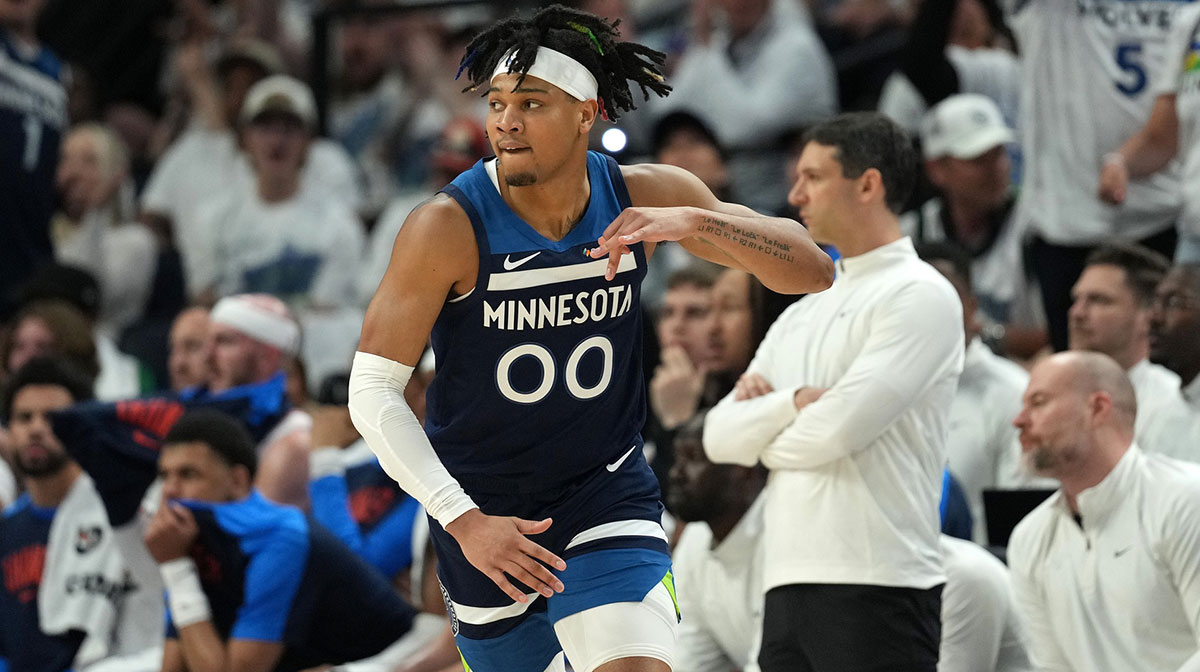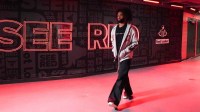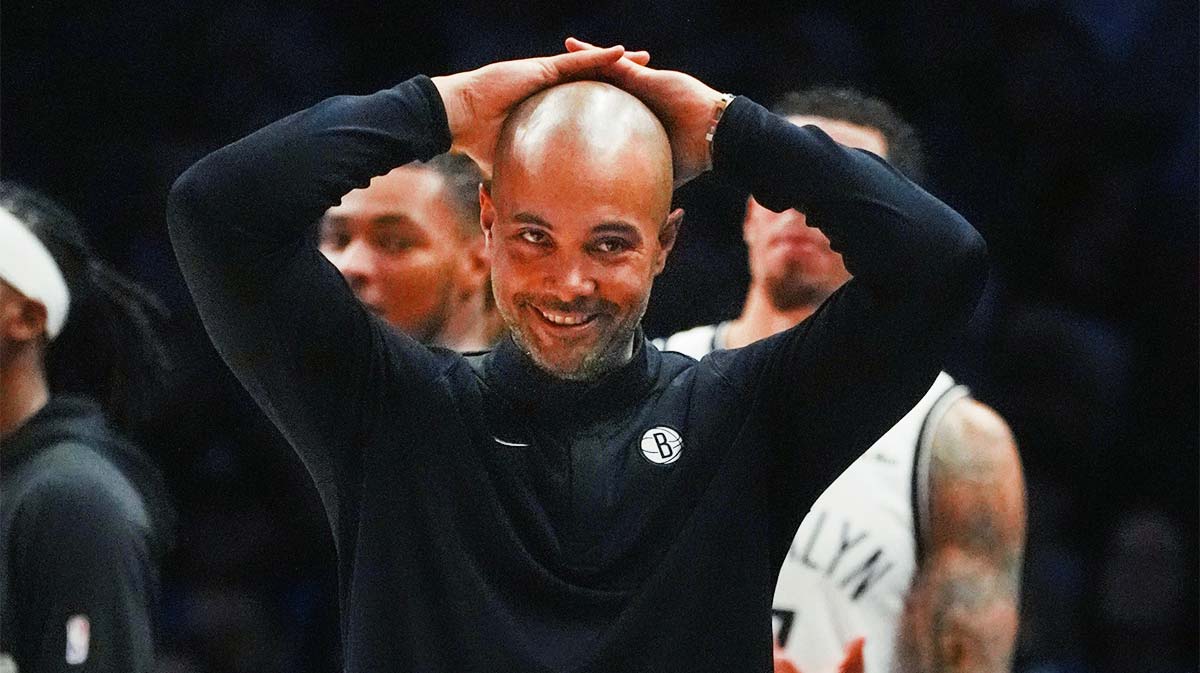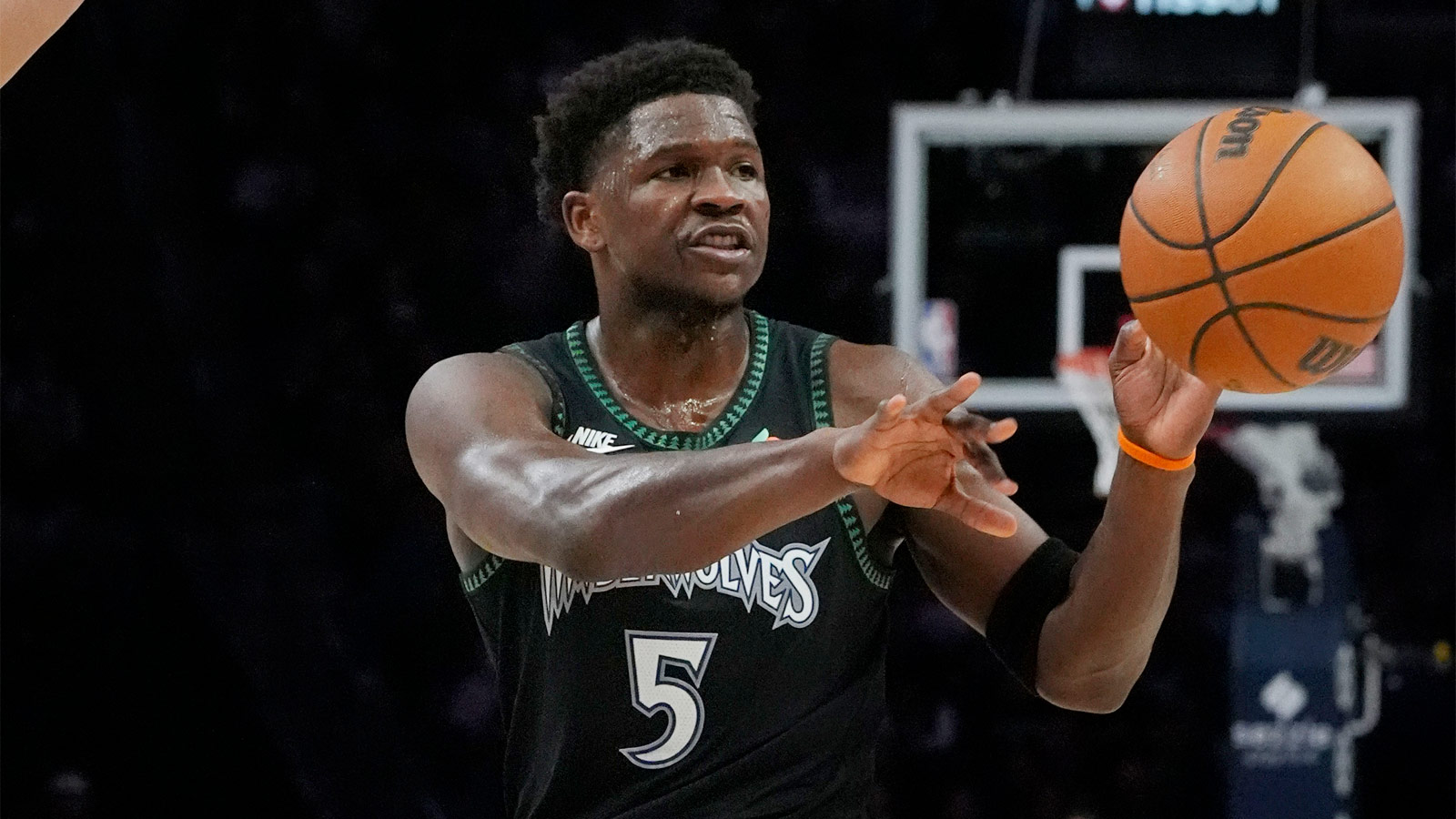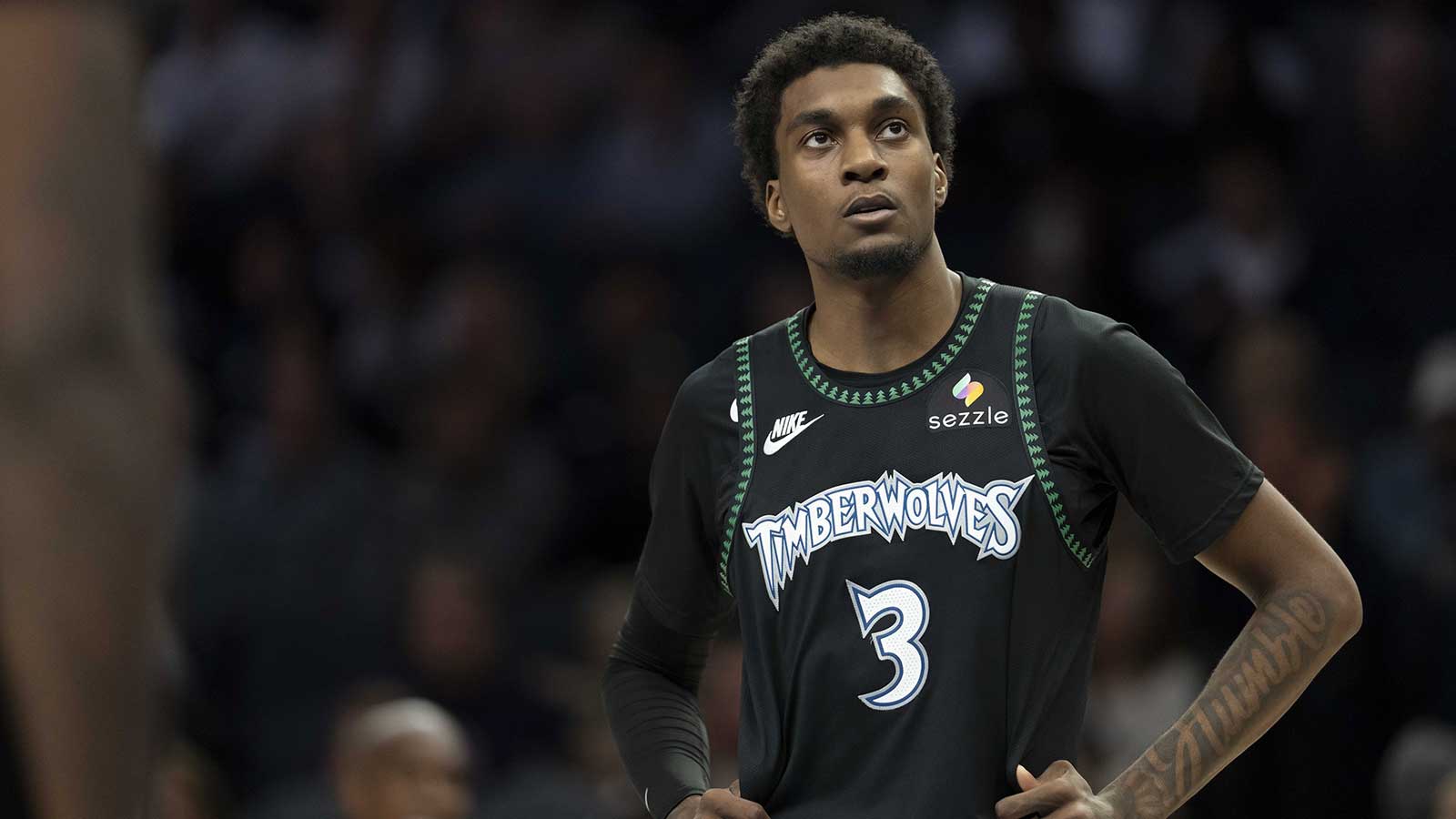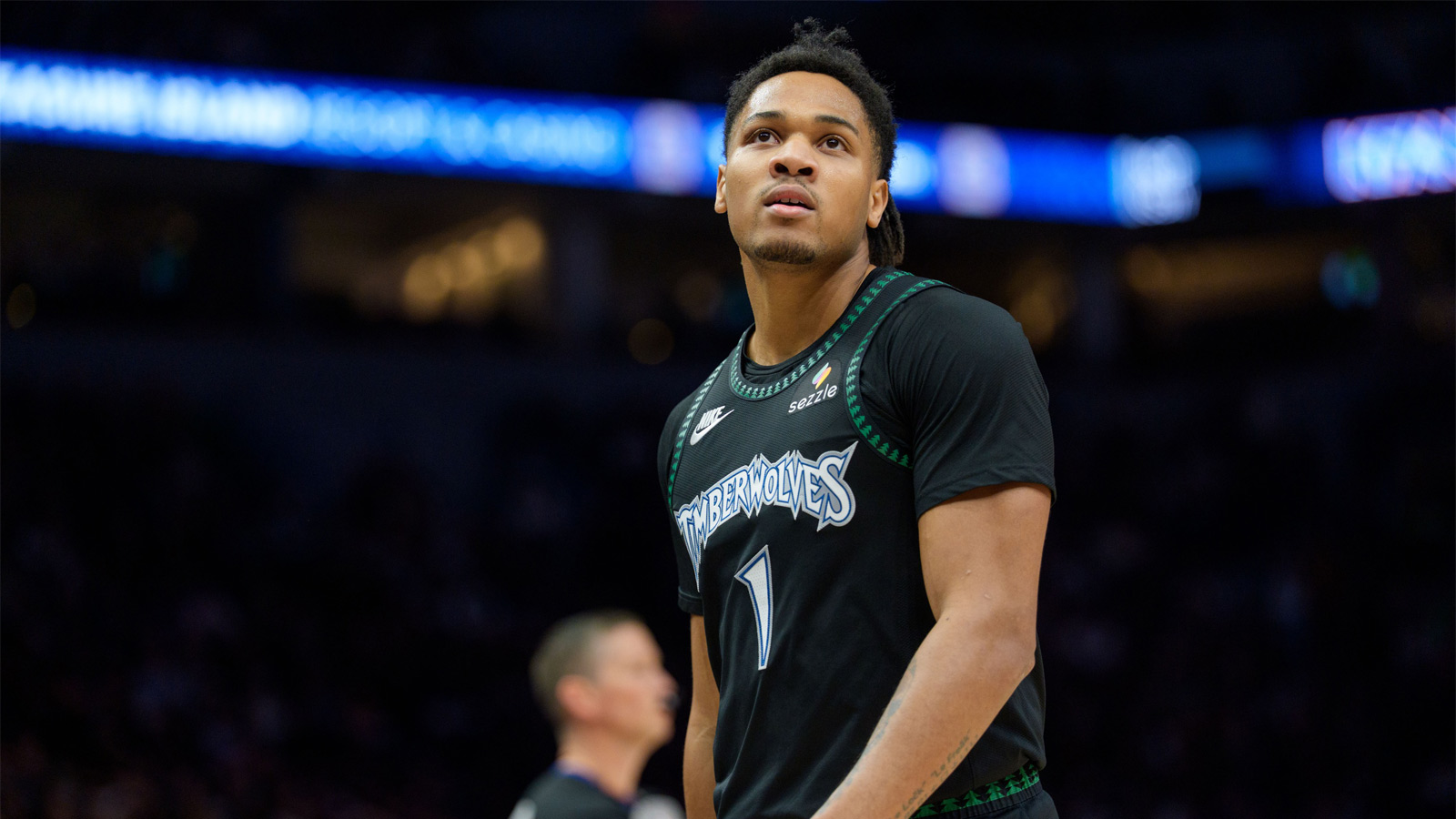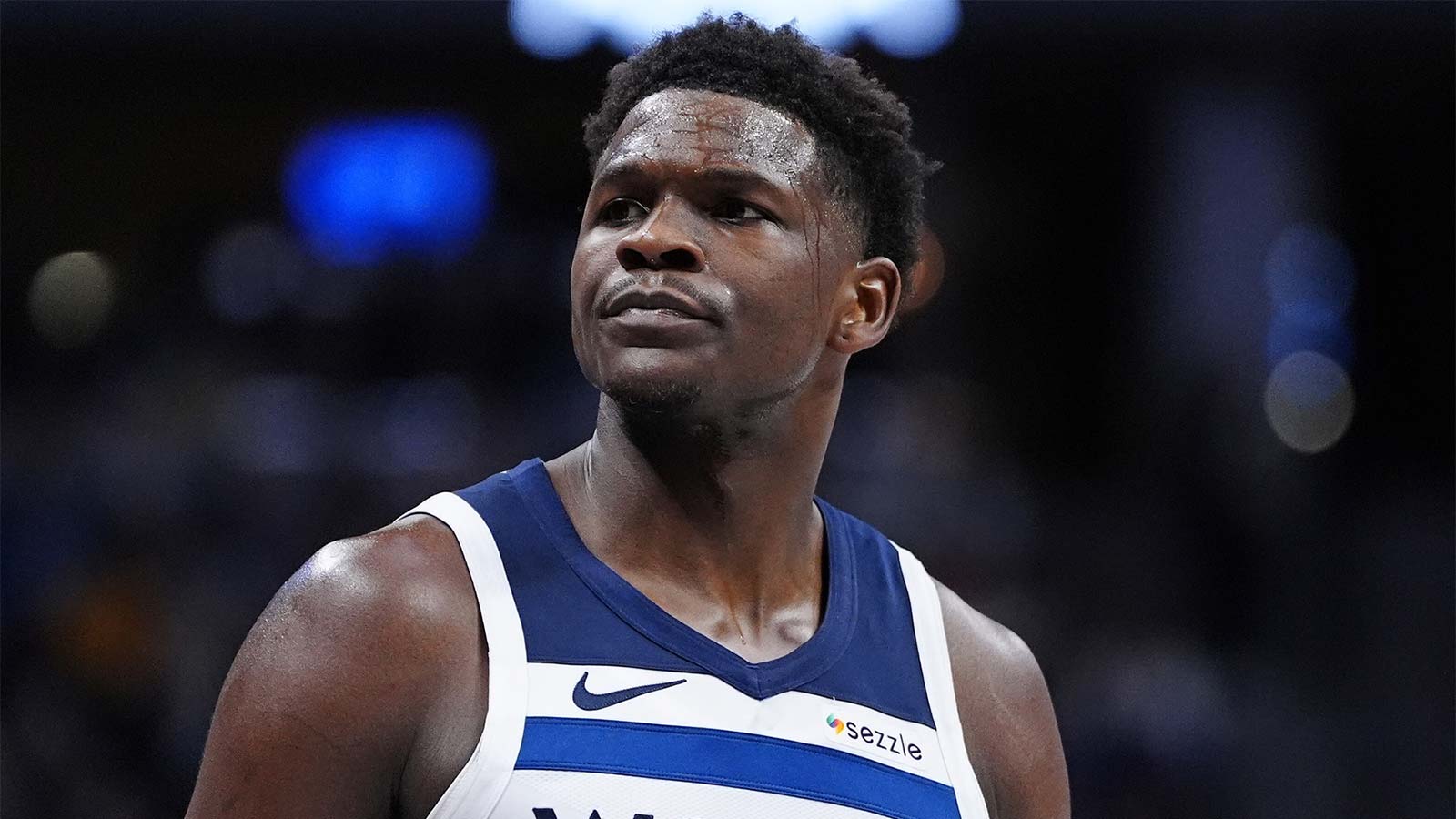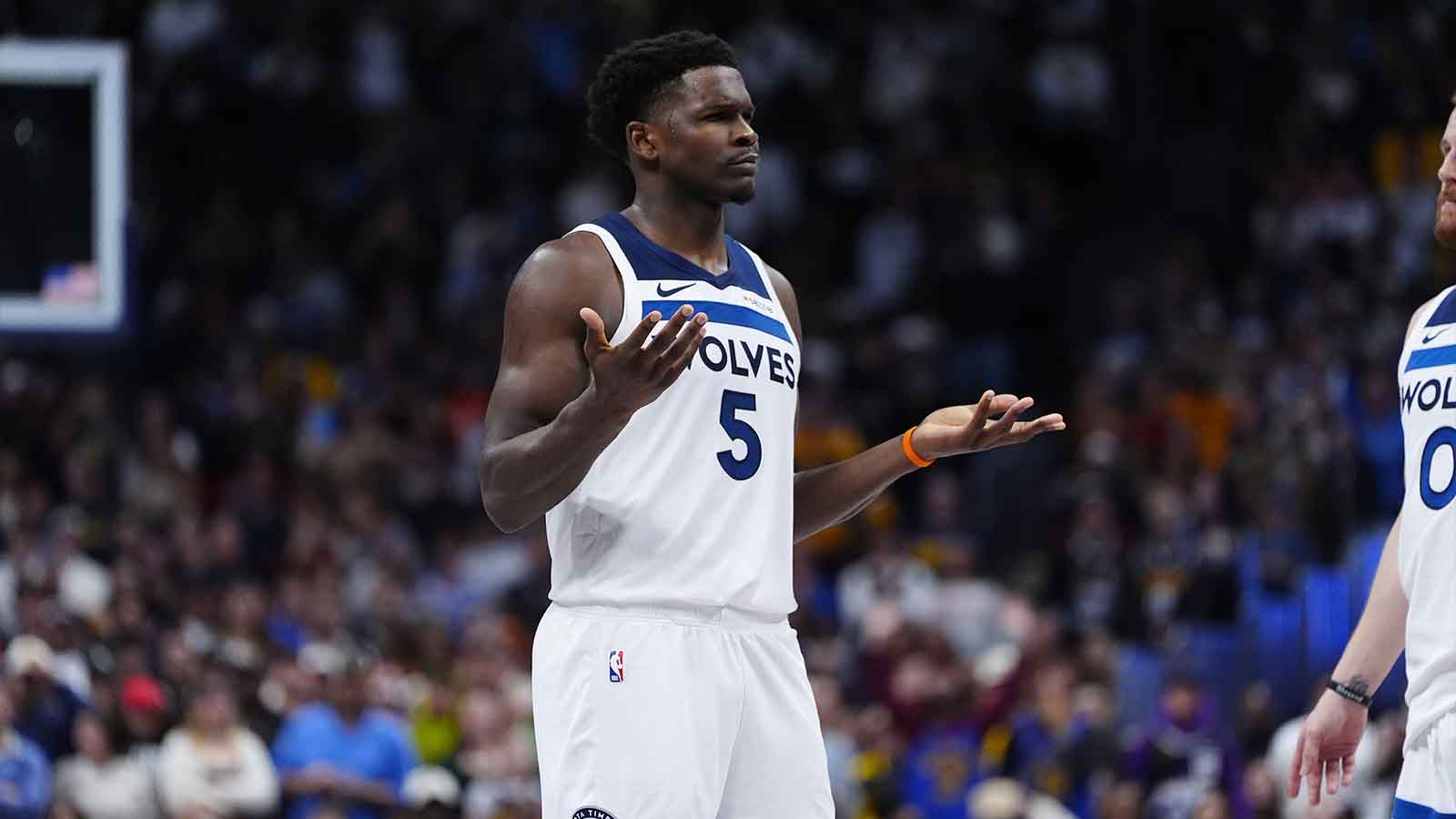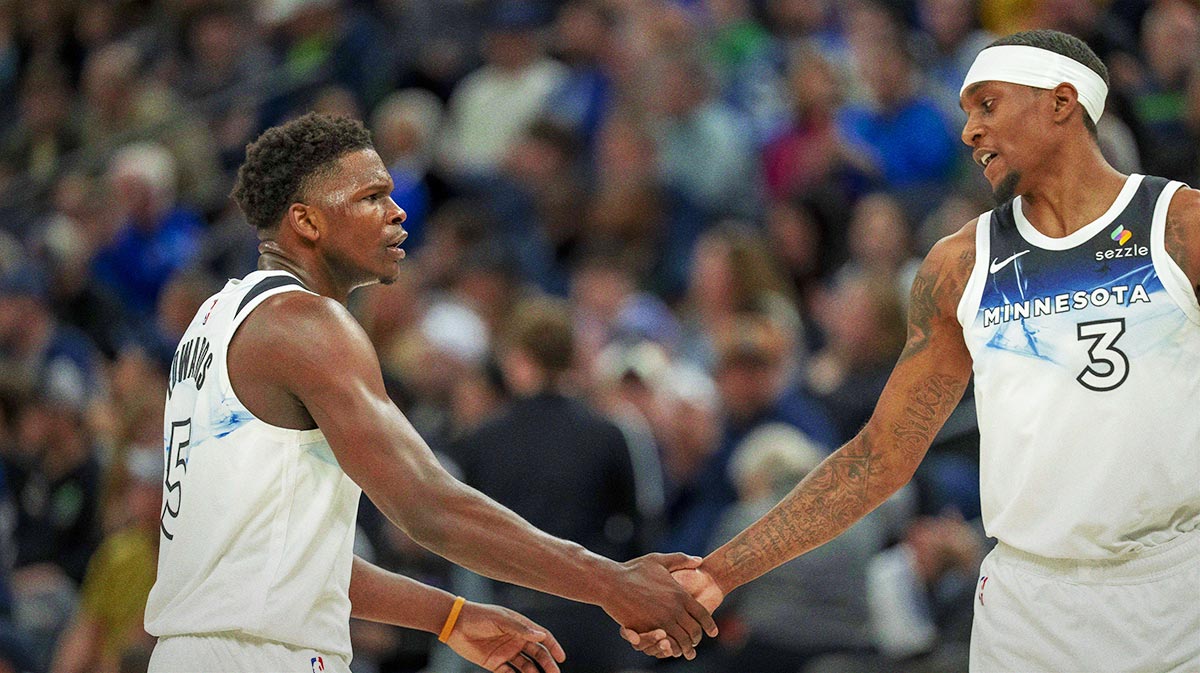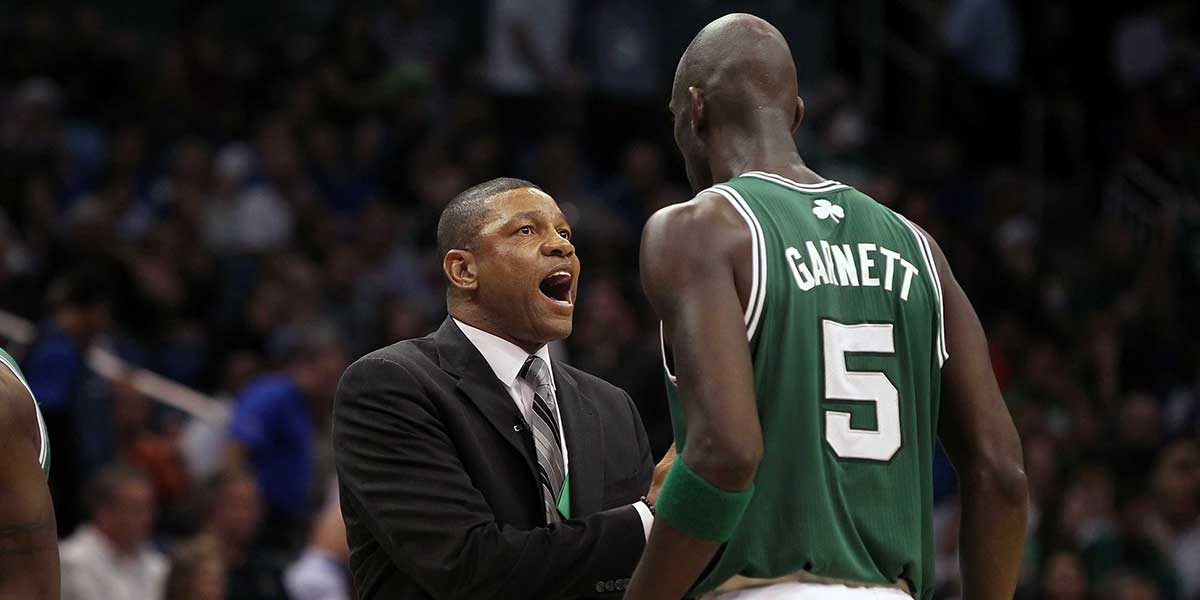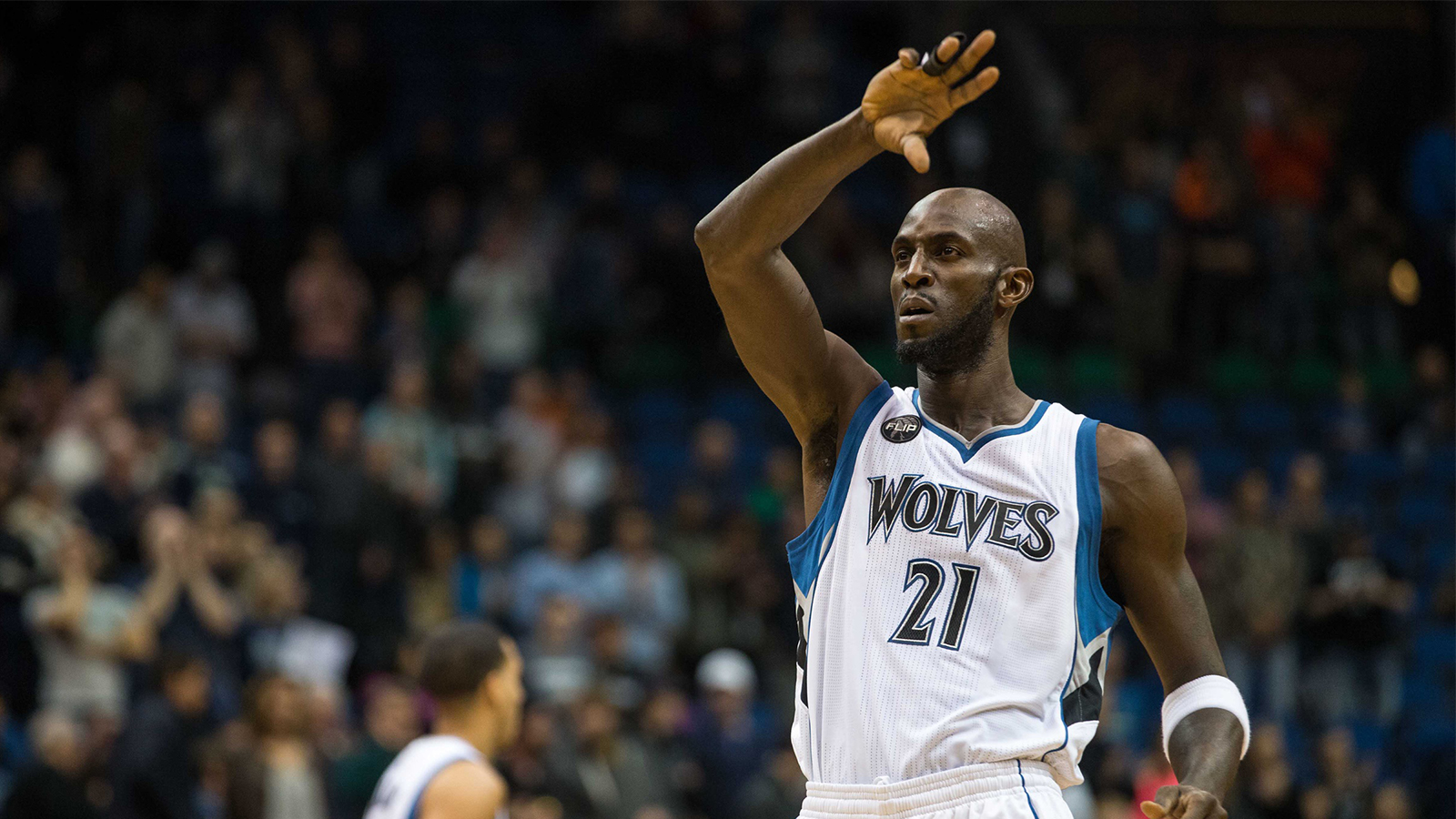The NBA Summer League has long been a proving ground where rookies, fringe players, and developmental prospects battle for roster spots and reputations. For fans, it’s a tantalizing taste of future promise, often steeped in hyperbole. For the Minnesota Timberwolves, the 2025 Summer League has been no exception. The team has started strong, winning both opening games in Las Vegas, and the early performances have already begun to stir excitement… and a few overreactions.
While these early results have inspired optimism, separating what’s real from what’s premature is essential. Summer League success rarely predicts regular-season stardom, especially for a team like Minnesota that prioritizes patience and long-term development. That said, the Timberwolves’ draft picks, especially Terrence Shannon Jr. and Joan Beringer, have already offered glimpses of real potential, while other players have raised important questions about their NBA readiness.
Terrence Shannon Jr.: The breakout star?
No player has made a louder Summer League statement for the Timberwolves than Terrence Shannon Jr. Through the first two games, he’s looked like the most complete and confident player on the floor. In the opening win, Shannon dropped 20 points, dished out 9 assists, and grabbed 6 rebounds, asserting himself as the clear lead ball-handler. Game 2 saw him continue the momentum with 24 points and another high-flying dunk that made the highlight reels.
TERRENCE SHANNON JR. WITH AUTHORITY 😤
Anthony Edwards was LOVING it!pic.twitter.com/APefwrAMxs
— ClutchPoints (@ClutchPoints) July 13, 2025
Shannon isn’t just scoring, he’s orchestrating. His pace, strength in transition, and command of the offense have stood out, suggesting he may be ready to contribute to the NBA roster right away. His blend of physicality, control, and vision has given Minnesota’s front office reason to believe they may have uncovered a rotation-ready asset from the back half of the first round. While it’s too early to project starter minutes, his Summer League dominance isn’t just flash, it’s function.
"He's gonna be an elite two-way player at the apex of his development."
Terrence Shannon Jr.'s primed for a jump in Year 2, according to GM Matt Lloyd 📈 pic.twitter.com/sp3mhQBCHN
— NBA TV (@NBATV) July 13, 2025
His exploits in the Summer League have led the T-Wolves GM to heap praise on him.
“Watching TJ in practice and watching how hard he worked and how he never wavered from that work and never wavered from trying to contribute in a positive way.“
Joan Beringer: Early signs of defensive stardom
When the Timberwolves selected 18-year-old French center Joan Beringer with the 17th overall pick, they knew they were investing in potential more than polish. But in just two Summer League games, Beringer has already shown why Minnesota fans believe he could eventually be the heir to Rudy Gobert.
In his debut, Beringer blocked six shots (some accounts claim seven, potentially tying the Summer League record), scored 11 points on 5-of-6 shooting, and pulled down 8 rebounds. He anchored the defense with remarkable poise for a teenager, displaying elite timing and mobility in rim protection.
7 BLOCKS FOR JOAN BERINGER 🤯
What a #NBA2KSummerLeague debut from Minnesota's First Round pick!! https://t.co/t7CZIRSC6z pic.twitter.com/xk6xOH5r0Z
— NBA (@NBA) July 10, 2025
What makes Beringer so exciting isn’t just his stat line – it’s how effortlessly he alters shots and cleans the glass. His instincts are advanced for his age, and while his offensive game remains raw, the defensive foundation is real. He’ll need seasoning – likely starting in a reserve or G League role, but his long-term ceiling as a modern rim protector is evident.
Rob Dillingham: progress with caveats
Rob Dillingham entered the Summer League with a reputation as a flashy scorer and dynamic playmaker. Through two games, he’s delivered flashes of both, but with mixed efficiency.
Rob Dillingham Tonight:
— 15 PTS
— 9 AST
— 4 REB
— 3 STLThoughts? 🤔 pic.twitter.com/eLAYQhjoHo
— 𝘼𝙚 (@StepbackAe) July 13, 2025
In Game 1, Dillingham struggled inside the arc, finishing just 1-of-8 on two-point attempts and committing seven turnovers. His decision-making was rushed, and he sometimes forced the action. However, Game 2 showed signs of adjustment. He scored 15 points, handed out 9 assists, and brought his turnover count down to two—an encouraging development for someone expected to eventually take over secondary ball-handling duties behind Anthony Edwards.
The Timberwolves are invested in Dillingham’s long-term development. His court vision and quickness are real weapons, but he’ll need to improve shot selection, physicality, and defensive consistency to stick in an NBA rotation.
Rocco Zikarsky: A project in progress
Minnesota’s second-round pick, Rocco Zikarsky, hasn’t seen much floor time, just three minutes in the opening game, in which he posted 2 points and 2 rebounds. That’s by design.
Rocco Zikarsky cutting floater + recovery block, great two-way sequence pic.twitter.com/EGrsD6ts0K
— Timberwolves Clips (@WolvesClips) July 13, 2025
At 7-foot-3, Zikarsky is one of the most physically intriguing prospects in the draft, but he’s also extremely raw. The Wolves have made it clear he’s a long-term project, expected to spend most of his rookie season in the G League. Summer League was never going to be his showcase, and it would be a mistake to judge his future based on a few scattered minutes. His path will require patience, development, and targeted coaching to unlock his considerable tools.
Separating hype from hope
With two wins and some electric performances, it’s easy for Timberwolves fans to get carried away with Summer League success. But while the early returns are promising, the key takeaway should be about direction rather than destination.
Terrence Shannon Jr. has flashed legitimate readiness. Joan Beringer looks like a future defensive anchor. Rob Dillingham is showing signs of adaptation. And Rocco Zikarsky remains an investment in tomorrow. For a franchise that has historically struggled to develop talent outside of its stars, this Summer League has given reasons to believe that Minnesota’s scouting and player development are trending up.
Still, context matters. Success in July doesn’t always translate to October and beyond. The Timberwolves have seen this before – hot Summer League performances that cooled off under the bright lights of the regular season. But this year feels different, not just because of the wins, but because of how the wins are happening: through system play, defensive intensity, and intentional development.
So yes, overreactions will swirl. But beneath the noise, a new generation of Wolves is beginning to emerge, and they just might be for real.

